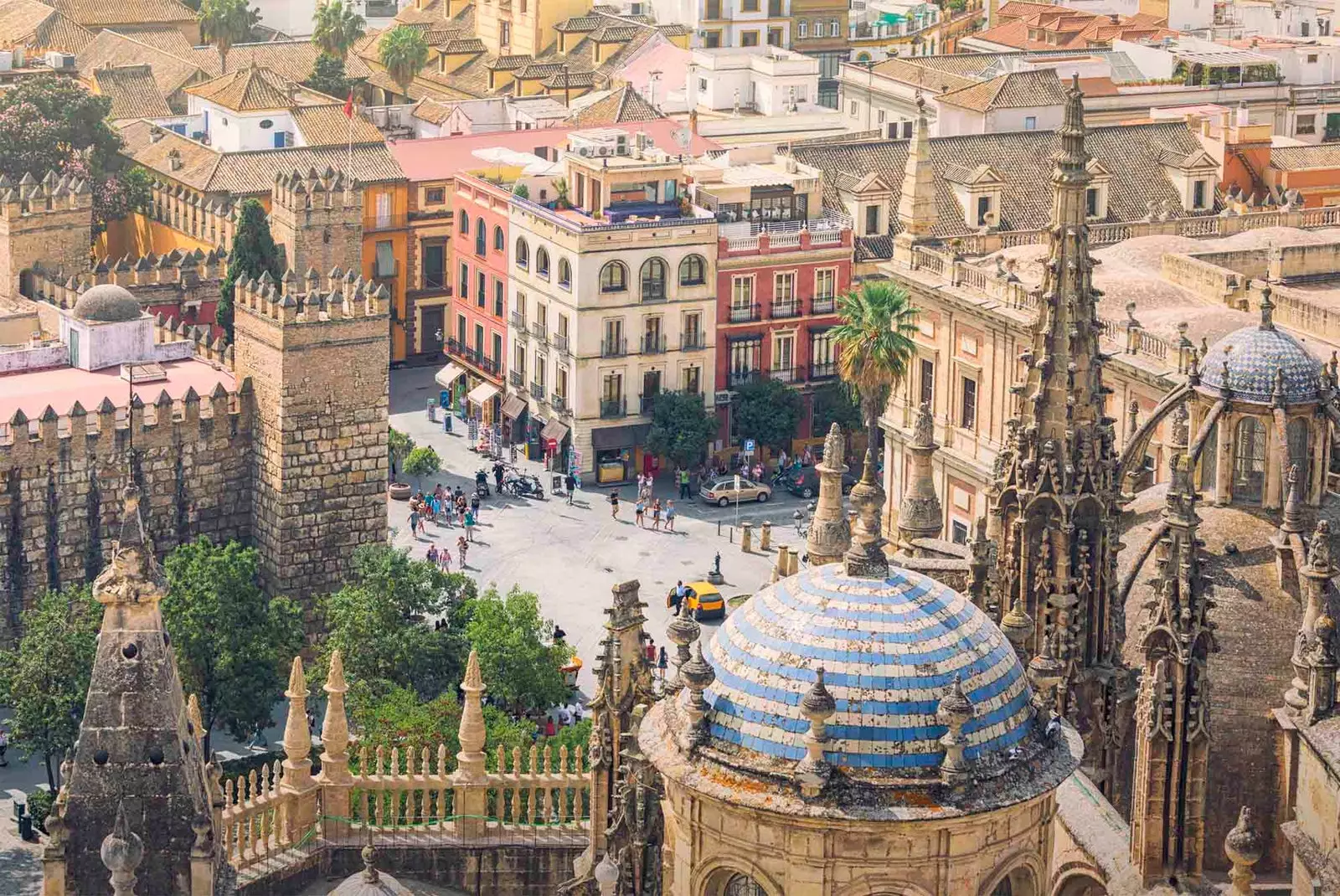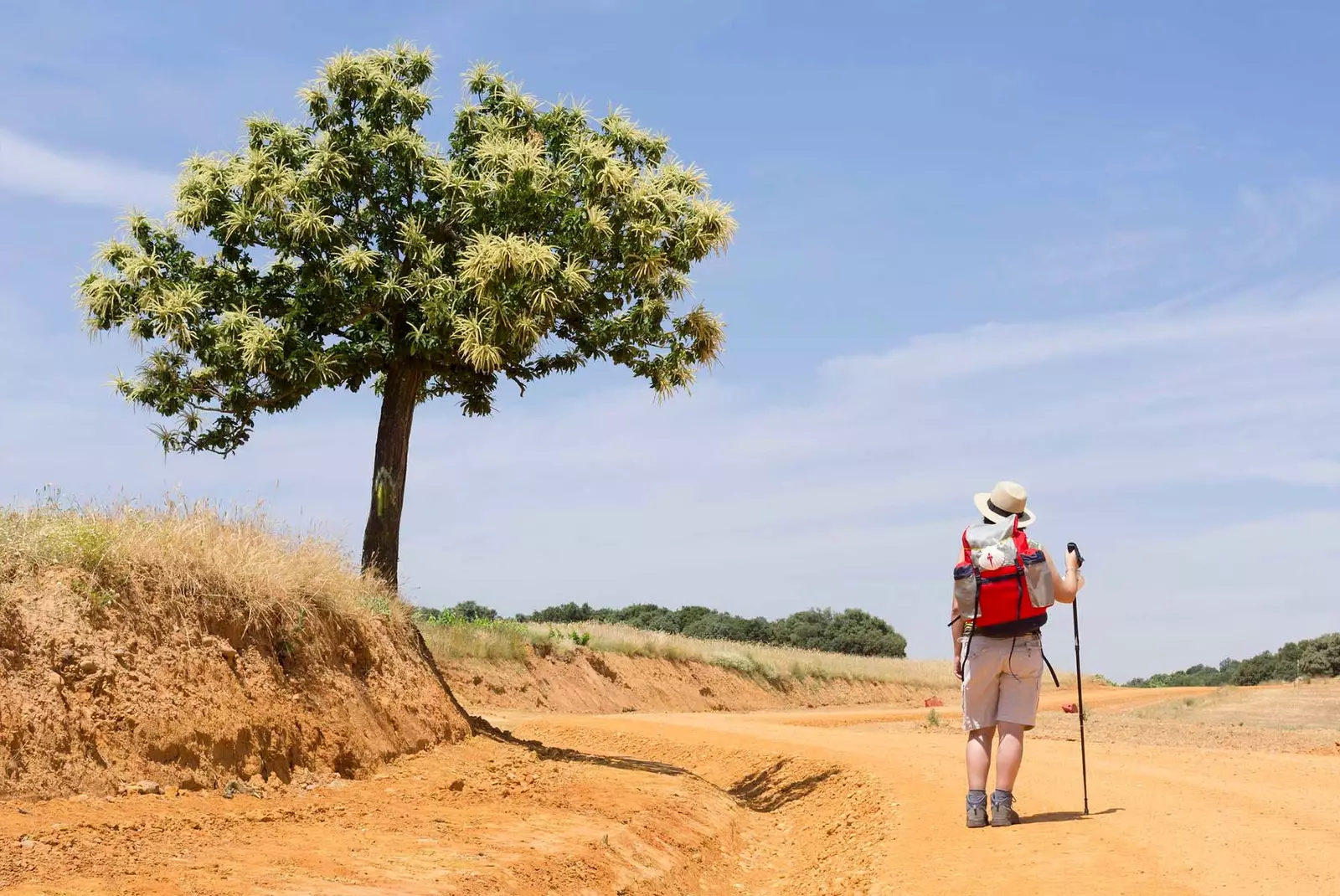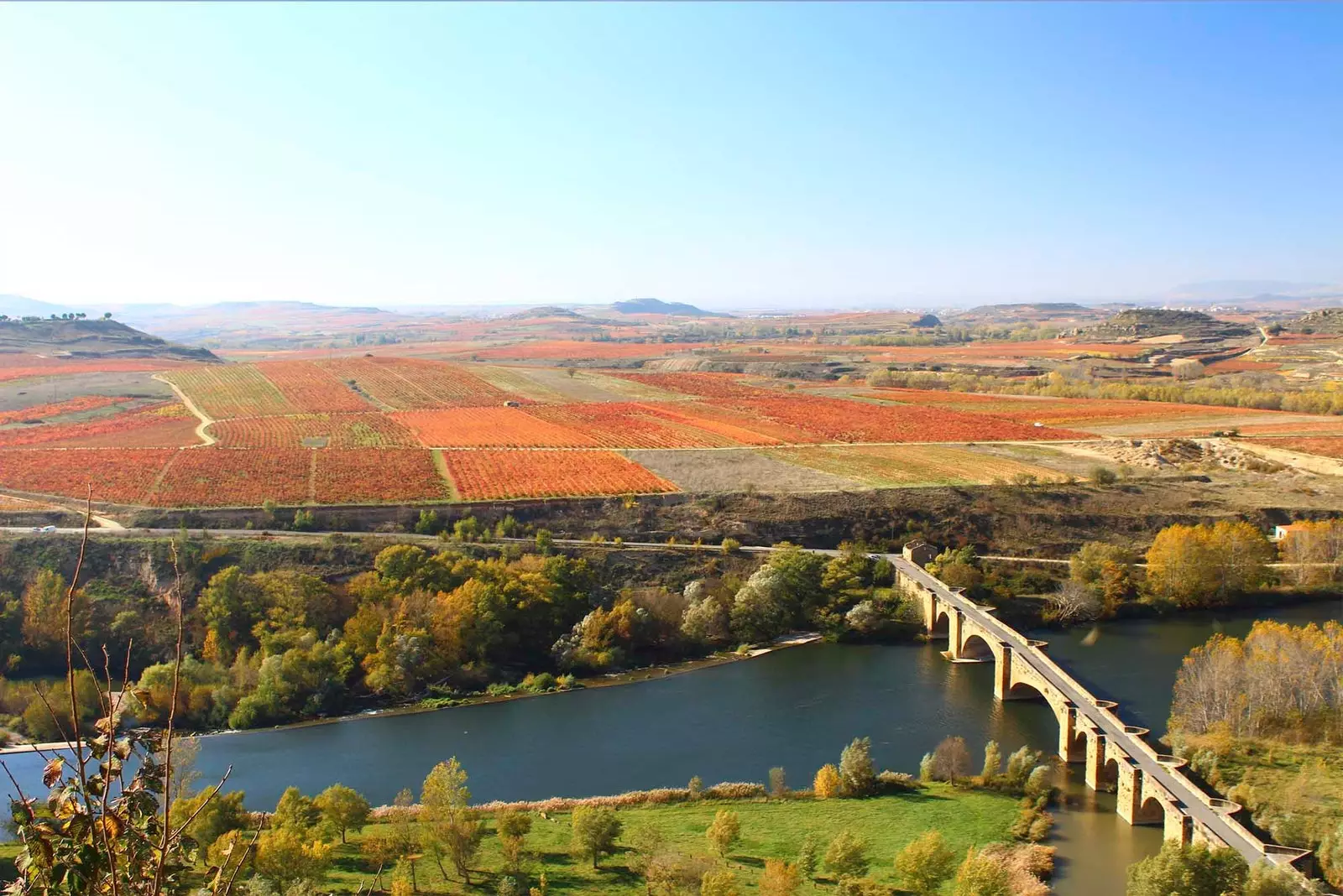
The Alhambra could disappear as we know it (and the culprit is not the one you expect)
Mass tourism has already damaged emblematic places such as Venice , and how . Climate change is destroying landscapes that have been part of the earth for millennia. And yet, neither of these two causes - at least not directly - are to blame for the fact that in Spain there is ten world heritage sites in danger of disappearing as we know them.
Those responsible, this time, are tiny, but they act together, destroying everything in their path. We talk about the plant pests , specifically, from a list of 20 that the European Union has just published. The body considers that they are about to cross the gateways to the mainland , and its effects on the economy, the environment, society and heritage are considered "of maximum seriousness".
"In our study we analyze quarantine pests (which, by definition, are not yet in European territory, or are with a very limited or scarce presence)," they explain to Traveler.es Berta Sanchez and Emilio Rodriguez , from the EU Joint Research Center (JRC).
They are two of those responsible for the creation of this new methodology that calculates the possible damage inflicted by these organisms, including for the first time the aforementioned dimensions. Thus, it allows us to understand its impact on the landscape, cultural heritage and even denominations of origin in more tangible units of measurement for ordinary citizens, such as euros or the number of jobs that it would affect. In this regard, the figure is alarming: only one of the bacteria, Xylella fastidiosa would put some 300,000 jobs at risk.

The environment of the cathedral of Seville is also threatened by these pests
“There have always been quarantine pests, but the globalization implies a greater movement of people and goods that, together with the climate change, they can increase the emergence and establishment of pests where they did not exist before”, the experts continue.
In the end, then, mass tourism and climate change are also the cause of this biblical evil. The same tourism that would throw its hands up if icons like the Courtyard of the orange trees of the Alhambra.
SPANISH ICONS IN DANGER
“In Spain, a total of ten places declared Cultural Heritage of UNESCO with plant species that could be susceptible to any of the 20 priority pests”, say the scientists.
They are the historic center of Córdoba, the Alhambra, the Generalife and the Albaicín of Granada, the old city of Santiago de Compostela, the cathedral, the fortress and archive of the Indies in Seville, the biodiversity and culture of Ibiza, the Renaissance monumental complexes of Ubeda and Baeza, the ways of Santiago de Compostela -the French and the Caminos del Norte de España-, the monasteries of San Millán de Yuso and Suso, the Roman wall of Lugo and the Cultural Landscape of the Serra de Tramuntana

The Camino de Santiago would also suffer irreversible damage
All of them have the presence of the preferred host plants of the priority pests, such as different species of citrus, prunus, pines or cedars.
Of course, this heritage would not be the only one affected by the catastrophe. “Economically, apart from the loss of direct production of the crop due to the plague, many sectors that need these raw materials as inputs for their production will be simultaneously affected. For example, losses in olive production will affect the oil industry , and those of the grape, to the production of wine”, those responsible for the study tell Traveler.
In this way, the disaster would extend to the loss of D.O., to exports, which would face sanctions imposed by third countries on the EU, to the destruction of protected habitats...
WHAT CAN WE DO TO STOP THE ENTRY OF PESTS INTO THE EU?
The European Union itself is applying a new Plant Health Regulation , which establishes a series of control and eradication instruments to prevent the entry or spread of quarantine pests. "For example, carry out more intense surveys, including visual inspections in the field with trap placement and sampling, laboratory analysis or improvement of public awareness campaigns," the scientists detail.

Landscapes like those of La Rioja would be seriously threatened
"There are also measures such as the use of phytosanitary passports and phytosanitary certificates for trade and transfer of plant material between countries , in order to prove compliance with the established sanitary and pest control requirements”.
But what about us? How can we help stop this threat? “ Citizens have a very important role in preventing plant material from being brought into the EU from one place to another (for example flowers, fruits or seedlings) as they could contain quarantine pests or pest vectors (agents that can carry the pathogen and transmit it to the plant) . In addition, citizen awareness and their collaboration in recognizing and alerting to the presence of possible quarantine pests are essential to prevent rapid spread”, warn the experts.
However, even all these measures may not be enough to stop quarantine pests from entering the EU, in which case the best we can do is postpone your arrival . "Delaying the time of entry is important in order to increase our knowledge of these pests and develop research programs that help identify control measures and/or resistant varieties," explain Sánchez and Rodríguez.
"As an example, if Xylella were to spread in olive trees in Spain, we would have accumulated knowledge on how to control the pathogen that Italy did not have (which insects are the vectors of the disease, which olive varieties are more resistant, diagnostic tools developed, etc.) ", the professionals conclude.
